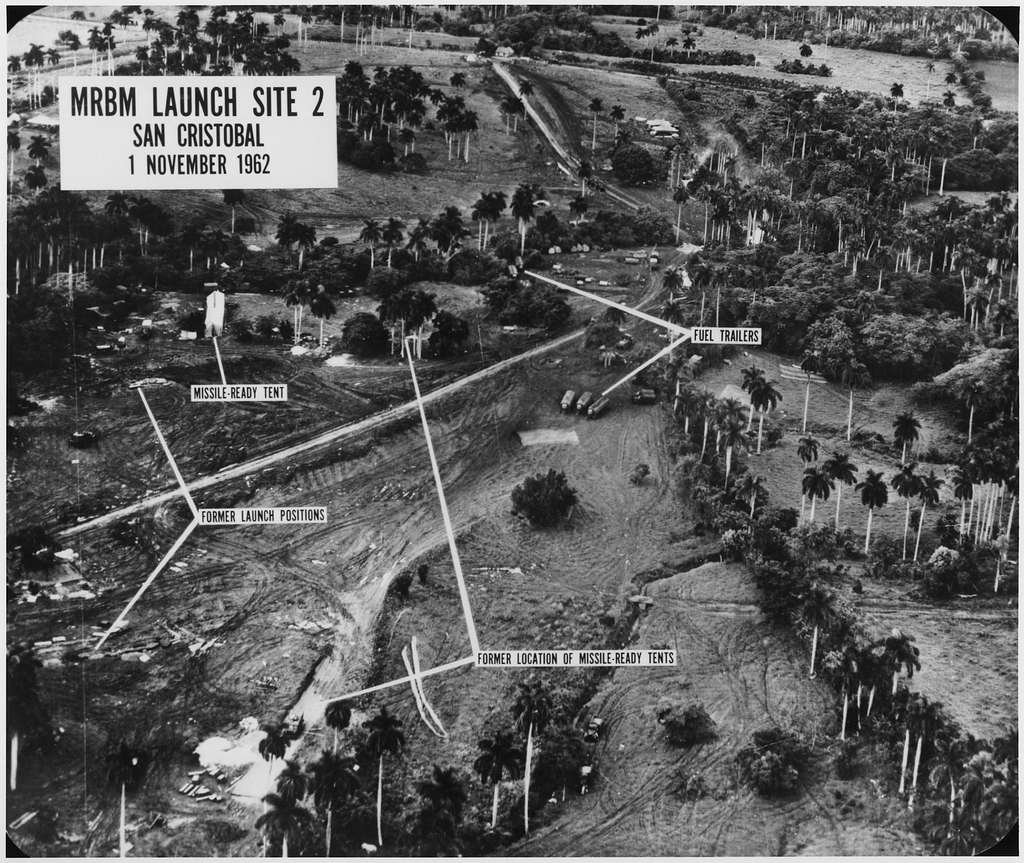1,943 years ago, a man in his mid 30s was buried under the burning ashes of Mount Vesuvius, as it pummeled the Roman city of Pompeii.
His is now the first full genetic profile to have been sequenced by geneticists on the bodies from the victims of Pompeii, revealing incredible detail about exactly who was living in south-central Italy at the time.
Pompeii is one of the most rewarding archeological sites on Earth, with every decade revealing a suit of new discoveries as the full extent of the city continues to be revealed, always in stunning detail.
Now in a new paper published today in Scientific Reports Gabriele Scorrano and his colleagues showed they were able to extract DNA from a male individual found in the House of Craftsmen, and sequence his entire genome.
Comparisons of the male individual’s DNA with DNA obtained from 1,030 other ancient and 471 modern western Eurasian individuals suggested that his DNA shared the most similarities with modern central Italians and other individuals who lived in Italy during the Roman Imperial age.
However, analyses of the male individual’s mitochondrial and Y chromosome DNA also identified groups of genes that are commonly found in those from the island of Sardinia, but not among other individuals who lived in Italy during the Roman Imperial age.

This suggests that there may have been high levels of genetic diversity across the Italian Peninsula during this time. Multiple waves of immigrants had hit the Roman Empire, and long been integrated by the time of the eruption, including Greeks, Etruscans, North Africans and a variety of tribal peoples that could at times interchangeably be called Celts and Gauls. However the authors concluded that despite the diversity of the Roman Empire at that time, there was a very high degree of homogeneity with central Italian populations.
Additional analyses of the male individual’s skeleton and DNA identified lesions in one of the vertebrae and DNA sequences that are commonly found in Mycobacterium, the group of bacteria that the tuberculosis-causing bacteria Mycobacterium tuberculosis belongs to. This suggests that the individual may have been affected by tuberculosis prior to his death.
Scorrano et al. are excited to see their techniques replicated in more cases of preserved remains, and a more detailed picture of the people at the time be produced. WaL
We Humbly Ask For Your Support—Follow the link here to see all the ways, monetary and non-monetary.
PICTURED: The two skeletons from the House of Craftsmen whose DNA were sequenced in the new study. PC: Notizie degli Scavi di Antichità, Released.



